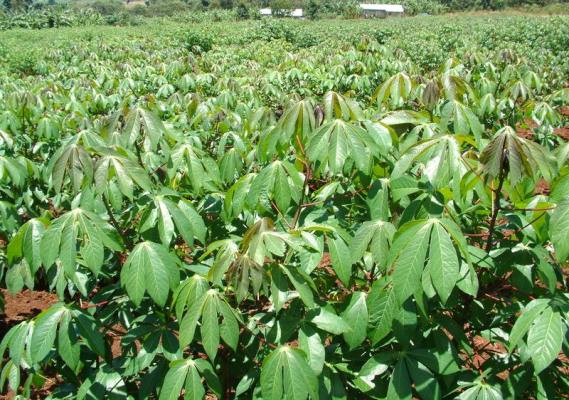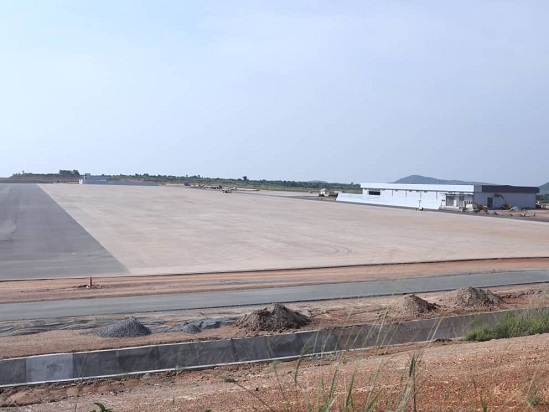Cassava cultivation is an annual activity for many farmers both in Uganda and other Cassava growing Countries. This is basically because it is a major commodity first in the diet of many farming families and secondly because of its resilience even in very bad weather condition.
However, good cassava cultivation like many cropping ventures requires favourable conditions like enough rainfall, sunlight, nutrients, space and other good management practices to have very good yields.
This guide provides the information that is required to start and ensure very good cassava cultivation.
1. Site selection
Cassava does well in areas with well-distributed rainfall relative to dry areas where yields are low. In site selection, preferably, you should have an idea about the history of the land. That is to say, recent cropping activities on the land. For example, if the land was used to crop root tubers like cassava, yam, potatoes (heavy nutrient consumers) etc. in the previous seasons, then that might have depleted a number of soil nutrients. Moreover, lands that have been used continuously over the seasons to grow non-leguminous crops should be improved for good cassava cultivation.
The application of fertiliser can help to improve the soil. Select lands with deep loamy soils. Clayey soils are not suitable for cassava cultivation. Loamy soil type has moderate water infiltration and retention abilities good for cassava growth.
ALSO READ: 22 Profitable Agribusiness Ideas That Will Make You Rich
ALSO READ: 10 Profitable Crops That Will Make You Rich In 2018
2. Land preparation
No-till under conservation agriculture comes to mind at this point. The practice of no-till will help reduce the effect of inadequate rainfall that may lead to crop failure. During land preparation for cassava cultivation avoid;
a. Slashing and burning. You may, however, carry out this upon recommendation by the Agricultural Expert.
b. Ploughing (disturbing the soil)
Clear land by slashing and cutting trees in smaller pieces and allow the vegetation residue on the surface of the soil.
3. Planting material selection
The choice of a cassava variety depends on; the preference of consumers, yield, resistance to pest and diseases and the maturity period of the cassava.
Farmers mostly obtain their materials from their own farms or other farmers’ farms. Obtaining materials continuously from one source may lead to the build-up of diseases in the planting materials. Select cassava planting materials from disease-free fields.
4. Planting material preparation
Use the mature parts of the cassava stick as planting materials. Use sharp cutlass to cut the stem into 20cm-25cm long pieces with 5-7 nodes.
5. Planting
In the forest zone, farmers plant between April and May, or in August, while, in the savanna areas they plant between May and June. However, you may consider your local farming calendar for appropriate planting times.
Plant cassava with the node’s growth direction upward and ensure it is well placed in the soil with about 2/3 of its length slanted below the soil. Plant at a distance of 1m x 1m.
6. Fertilizer application
Additionally, cassava requires an adequate supply of nutrients to ensure optimum yields. You can, however, ensure this by the application of fertiliser, preferably organic like farmyard manure. Apply poultry manure 250g per plant 4weeks after planting.
7. Weed control
Weeds can cause considerable loss of cassava if not well controlled. They compete with the cassava for sunlight, space, nutrients and water.
You may control weeds by slashing or hoeing. You may also use suitable crops like cowpea as intercrop to suppress the growth of weeds. Some varieties of cassava that forms canopy early are also effective in weed control.
8. Harvesting
Harvest cassava at maturity between 9-12months after planting. Different varieties of cassava vary in maturity periods. Having an idea of when your choice of variety matures will ensure a timely harvest.
Credit: Ministry of Agriculture







great, l like it
do we have seminars fir casava growing?